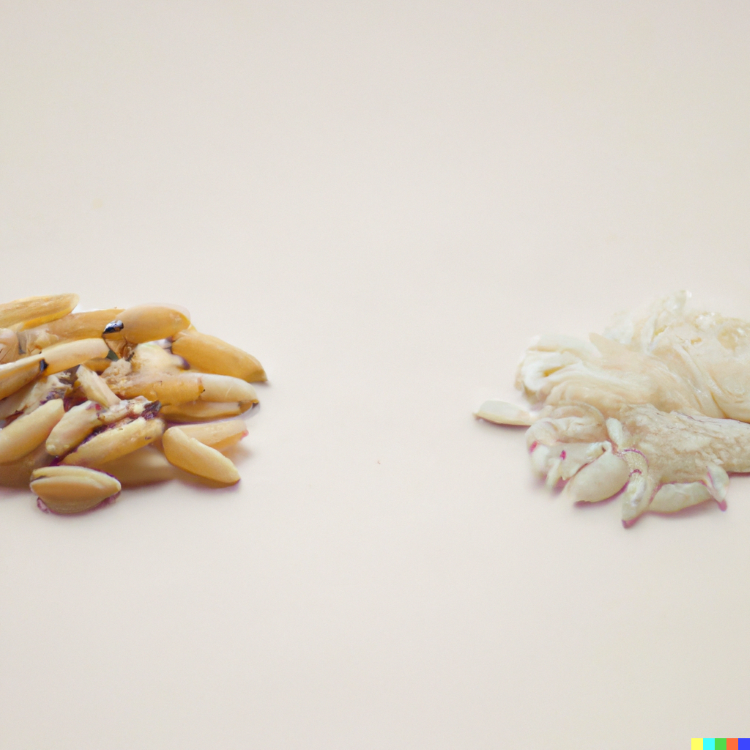Illuminating the value of technical research

On behalf of a commodity producer organization, WPI evaluated the outputs from a project that featured a $5 million investment into technical research over multiple years. WPI’s team captured the results of this extensive effort and synthesized them for presentation to the organization’s governing board; among the findings uncovered and presented for the first time was the development of genomic traits proven, via rigorous testing, to provide crop yield advantages of 50 percent or more to U.S. farmers in times of drought. Capturing measurable results from long-term efforts can be challenging. Educating clients on the dynamics of success measurement when quantifiable results are not readily available requires deep client-consultant collaboration and an ability to consider both near- and long-term client aspirations with market/policy dynamics – attributes that WPI brings to every consulting engagement.

 The U.S. Midwest received heavy snowfall this weekend and as snowflakes drifted lower so – apparently – did CBOT traders’ sentiments. The ag markets were almost entirely on the defensive to start the last month of the year with soyoil being the only major market to see meaning...
The U.S. Midwest received heavy snowfall this weekend and as snowflakes drifted lower so – apparently – did CBOT traders’ sentiments. The ag markets were almost entirely on the defensive to start the last month of the year with soyoil being the only major market to see meaning...
 WHEAT The Argentine wheat harvest advanced nearly 14 percentage points this past week, reaching 30 percent of the total area. Good weather accelerated maturation in some fields at the same time forecasts of weekend rainfall pushed harvesters to move quickly. Yields continue to surprise, with so...
WHEAT The Argentine wheat harvest advanced nearly 14 percentage points this past week, reaching 30 percent of the total area. Good weather accelerated maturation in some fields at the same time forecasts of weekend rainfall pushed harvesters to move quickly. Yields continue to surprise, with so...
 Regional News Farmer selling of grains remains limited across most of Europe as low prices and the looming holidays have producers focused on other things. Too, the logistical difficulties of moving grain around the December holidays are prompting many to wait until the new year to market...
Regional News Farmer selling of grains remains limited across most of Europe as low prices and the looming holidays have producers focused on other things. Too, the logistical difficulties of moving grain around the December holidays are prompting many to wait until the new year to market...